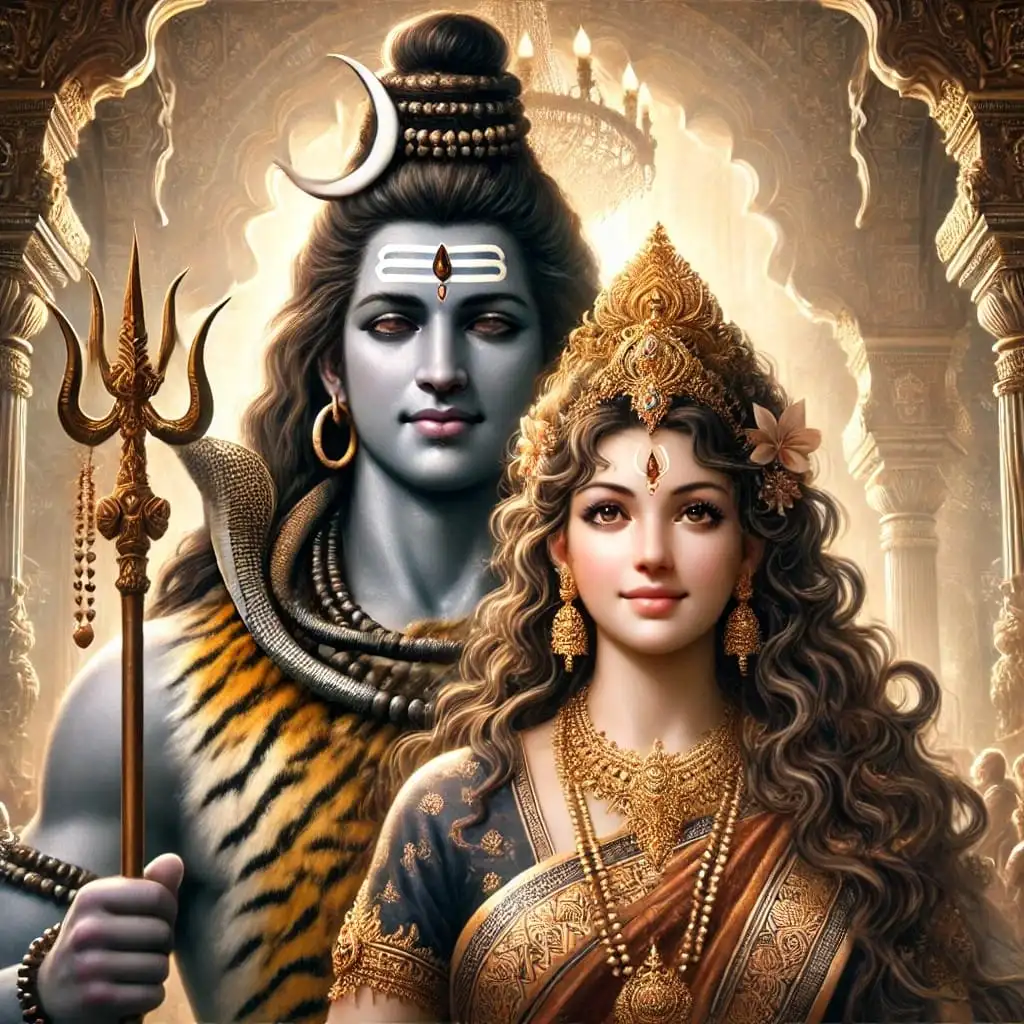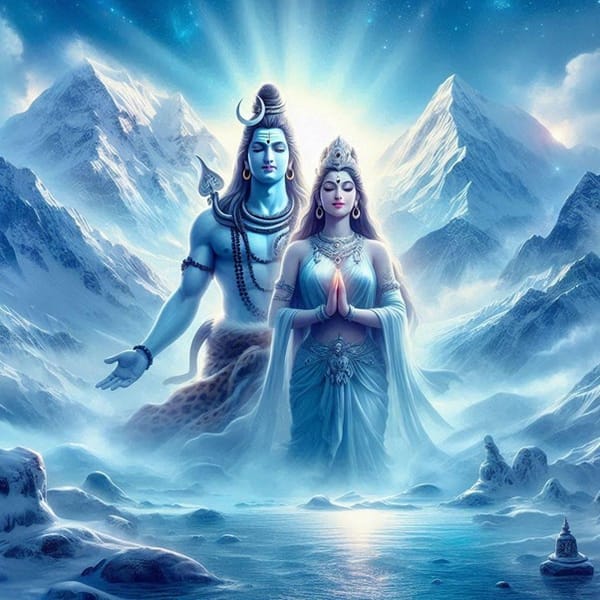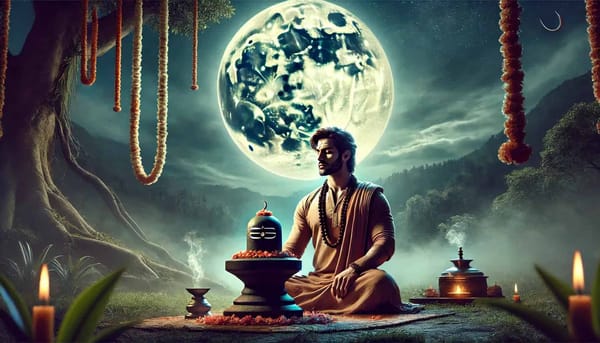In the Srimad Bhagavatam, stories of devotion, struggles, and transformation often emerge, with beings entangled in complex relationships that reflect both the divine and human nature. One such powerful story is that of Sati, the daughter of Daksha, and her devotion to Lord Shiv, which reveals deep spiritual truths, profound lessons on relationships, and the dynamic between pride and humility.
This blog delves into the dramatic story of Sati and the events that unfold around her marriage to Lord Shiv, her relationship with her father Daksha, and the repercussions that follow. It explores themes of love, respect, defiance, and divine retribution.
The Origins of Sati and Her Marriage to Lord Shiv
Prasuti, the third daughter of Swayambhuva Manu, was married to Daksha. Prasuti and Daksha had many daughters, and among them was Sati. Sati was known for her exceptional beauty and grace, often described as Mriganaini (one whose eyes resemble lotuses). However, her heart was captivated by Lord Shiv, an ascetic known for his simple lifestyle, draped in deerskin, and residing in the Himalayas and graveyards.
Despite Daksha's disdain for Lord Shiv, Sati's love for him was unwavering. She insisted on marrying Lord Shiv, even though Daksha opposed the union vehemently. Sati's marriage to Lord Shiv was a crucial point in the narrative, as it set the stage for the subsequent conflict that would bring forth lessons of respect, humility, and devotion.
Daksha's Yagya and the Insult to Lord Shiv
One day Daksha was invited to a yagya (fire sacrifice), a grand ritual to which celestial Gods and Goddesses were also invited. Daksha, deliberately arrived after everyone else, and when he entered, something unexpected happened. Everyone stood up to offer their respects to Daksha, except for two individuals: Lord Brahma, his father, and Lord Shiv, the Lord of the Universe.
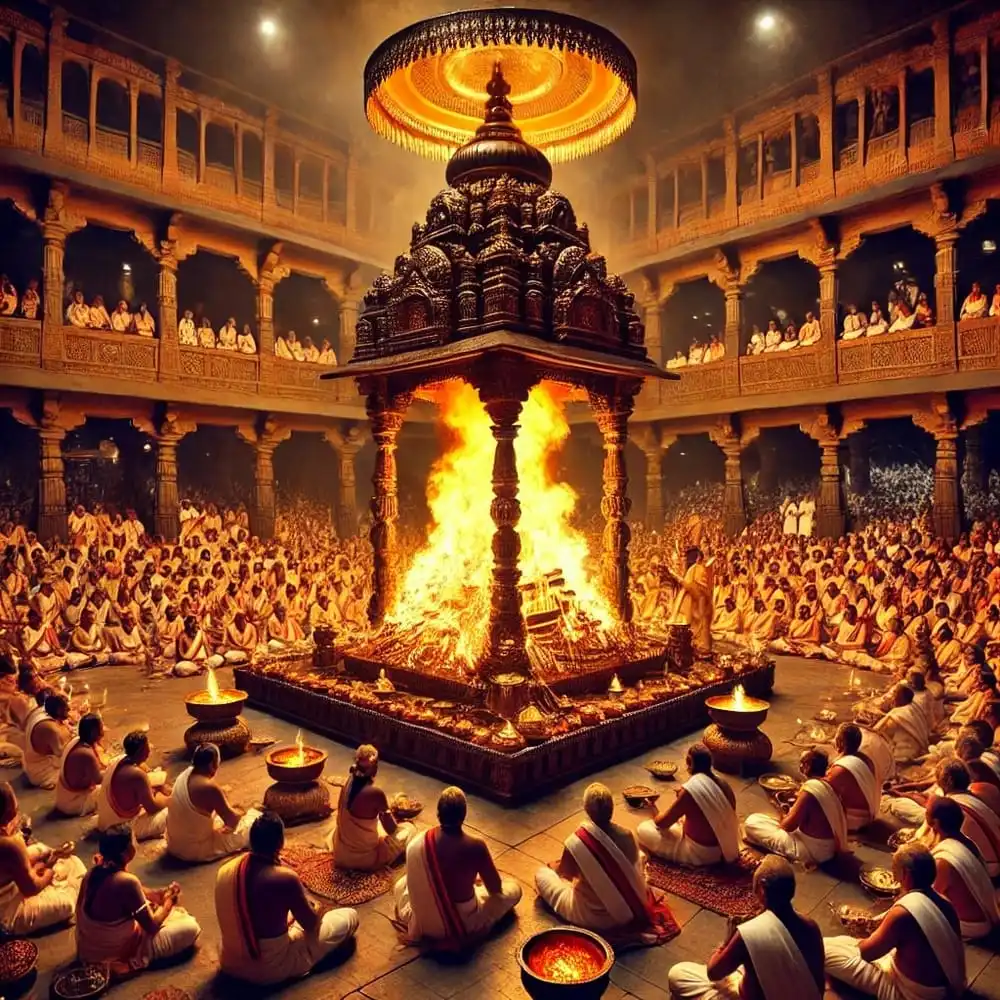
Daksha offered his respects to his father but grew irritated with Lord Shiv. He began to curse him, stating that he had made a grave mistake giving his daughter's hand to him. He criticized Lord Shiv for having no sense of decorum or behavior and declared that no offerings would be made to Lord Shiv.
After this, all oblations to Lord Shiv ceased. Lord Shiv, ever composed and untroubled, quietly departed. His devotee Nandi, the bull, could not tolerate the insult. In a fiery retort, Nandi cursed Daksha, stating that the very mouth with which Daksha had cursed Lord Shiv would fall off, and Daksha would be doomed to wear the head of a goat. Bhrigu Rishi, a fellow Brahmin, took Daksha's side and said that it was unacceptable to curse them in such a way. In retaliation, he cursed the devotees of Lord Shiv to become inclined toward intoxicants. Nandi, unable to tolerate this, responded by cursing the Brahmins, saying they would become poor and would need to live by begging. As a result, the yagya came to an abrupt stop, and soon after, people lost interest in performing yagyas altogether.
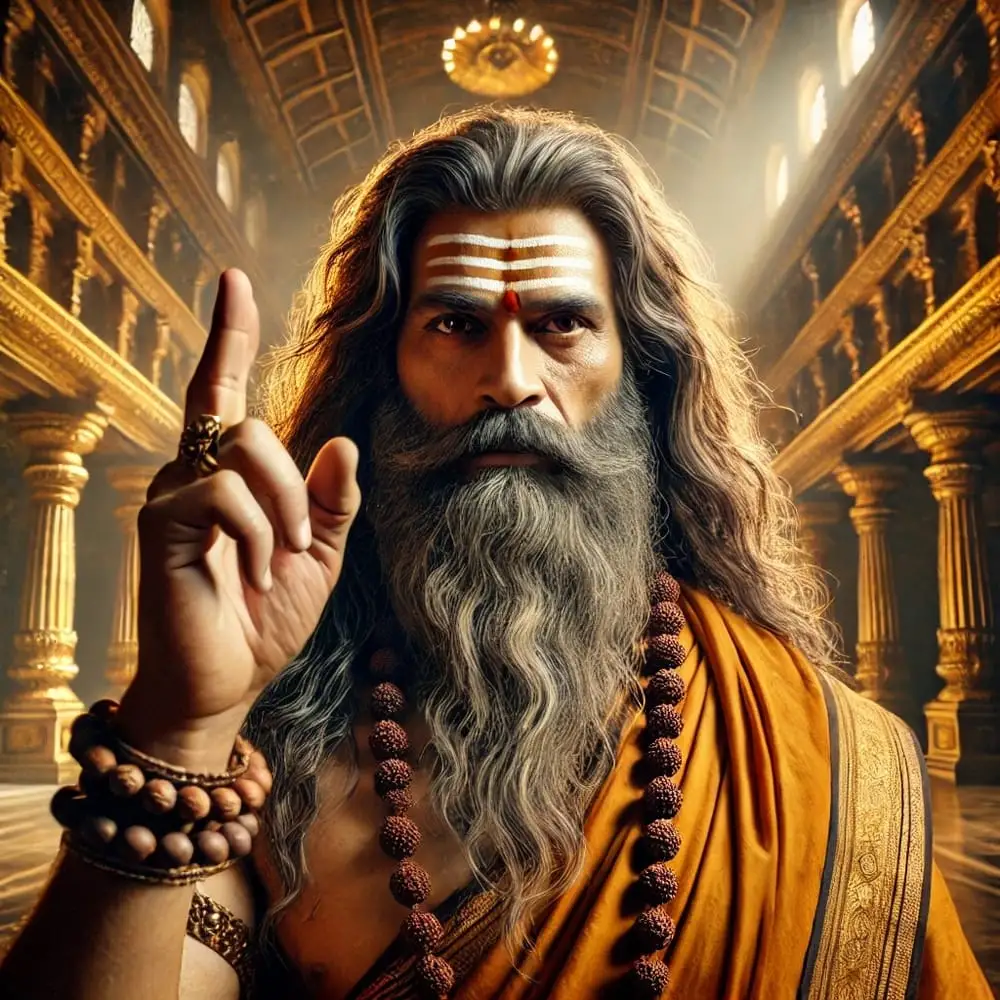
The End of Sati and Lord Shiv’s Divine Intervention
A full year passed. Yagya ceremonies were not being held as ablations were not being offered to Lord Shiv. Realizing the situation, Daksha decided to make amends. He arranged for a yagya, inviting all the celestial Gods and Goddesses, but deliberately excluding Lord Shiv. The celestial Gods and Goddesses traveled in their finest attire, heading toward Daksha’s yagya, passing by Kailash.
When Sati saw the celestial Gods and Goddesses, she asked what was happening. They told her that a celebration was taking place at her father’s house, and when she expressed surprise at not being invited, they asked if she had been invited. Sati then went to Lord Shiv and told him about the yagya suggesting that they should attend. Lord Shiv, however, explained that they hadn't been invited, and that attending would be a mistake. Sati, firm in her conviction, responded that a daughter doesn’t need an invitation to visit her father, just as a disciple doesn’t need one to visit a Guru. Lord Shiv acknowledged her reasoning but warned that Daksha’s anger toward him might lead to disrespect. Despite his concerns, Sati was determined and refused to listen. She adorned herself in her finest attire and set off. Lord Shiv, sensing the need for protection, sent some Rudragan to accompany her.
When Sati arrived at Daksha's place, everyone ignored her. However, her mother welcomed her warmly, receiving her and offering her food. Afterward, Sati made her way to the yagya area, where there were seats prepared for all but her husband. Seeing this, Sati became deeply upset. She felt this was a great insult, as her father failed to recognize the divine greatness of Lord Shiv, treating him like an ordinary mortal.
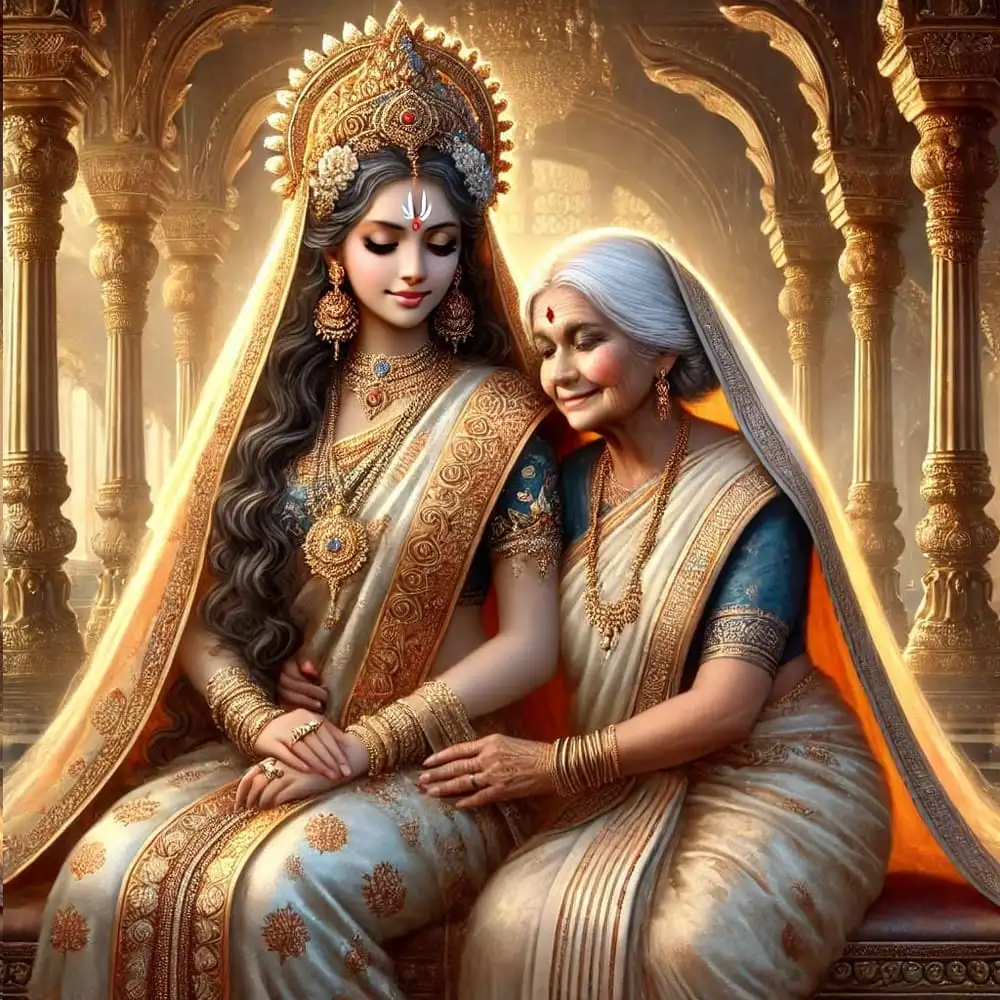
In her anger, Sati declared that she would not punish her father for this disrespect. Instead, she chose to destroy the very body that had been created by him. With that, she burned her body to ashes. The moment this happened, the yagya area was filled with a loud cry of despair.
The Rudragan stepped forward to destroy the yagya. However, Bhrigu Rishi created a group of beings known as Rhibus to counter the Rudragan.
The Rebirth of Daksha and Restoration of Balance
Narad informed Lord Shiv about the occurrence. When Lord Shiv learned of Sati’s death, his grief and rage were immeasurable. In his fury, he created a warrior, Veerabhadra, from his hair. Veerabhadra was sent to destroy Daksha and the yagya. In a fit of wrath, Veerabhadra killed Daksha by cutting off his head, decimated the yagya, and wreaked havoc in the yagya area.
Yet, in the aftermath of this destruction, the celestial Gods and Goddesses were left without the blessings they had once received through yagyas. They turned to Lord Brahma for help, and together, they appealed to Lord Shiv for mercy. In his characteristic compassion, Lord Shiv agreed to restore balance. When Daksha’s lifeless body lay in front of Lord Shiv, he instructed Nandi to bring the head of any nearby creature, and so, a goat’s head was placed on Daksha’s body, bringing him back to life. Thereafter all yagyas continued.
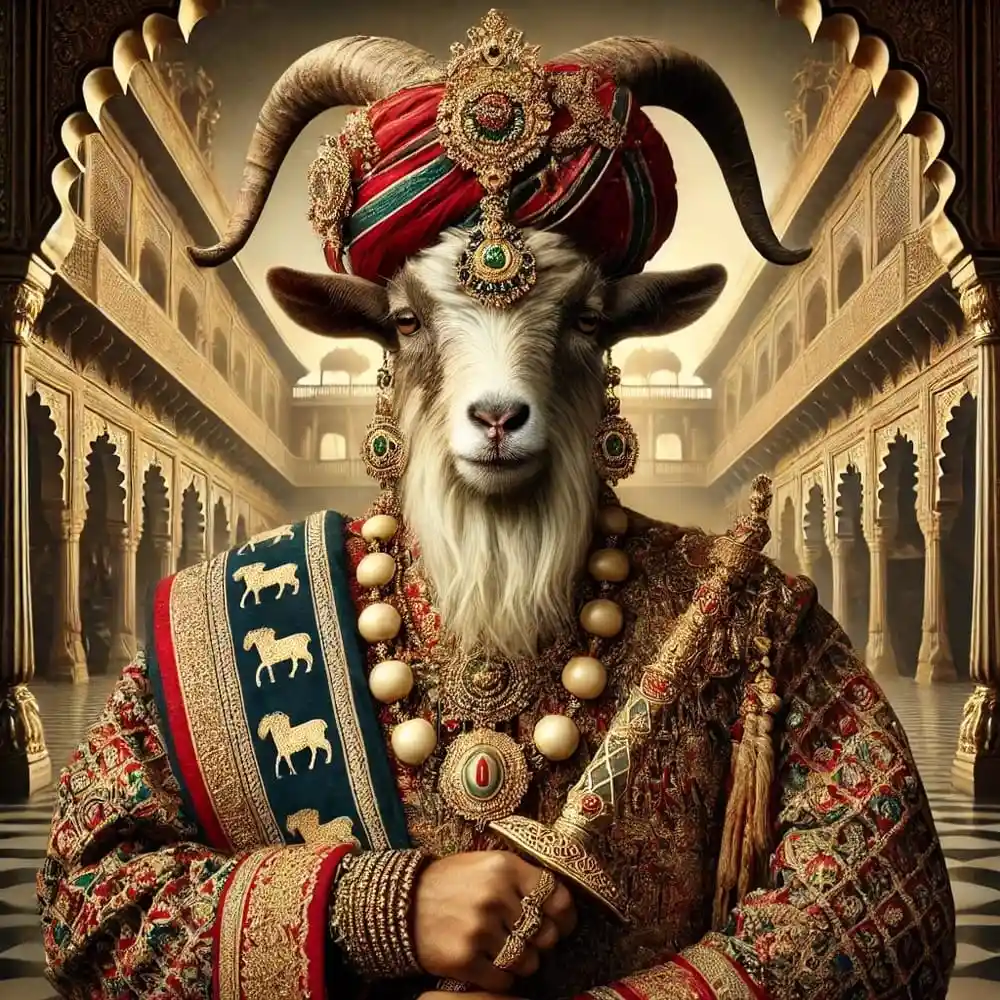
Conclusion
The story of Sati, Daksha, and Lord Shiv is one of intense emotions, divine interventions, and powerful lessons. It highlights the deep bond of devotion and love between Sati and Lord Shiv, contrasted with Daksha's pride and disrespect. The tragic sequence of events — from Daksha’s cursing Lord Shiv to Sati’s self-immolation — serves as a reminder of the destructive power of ego, disrespect, and anger. At the same time, it underscores the grace and mercy of Lord Shiv, who, despite the insult, responded with compassion rather than retaliation. Ultimately, Sati's sacrifice and Lord Shiv's divine justice bring forth the deeper truths about loyalty, family, and the cosmic forces at play in the world. Through this narrative, we are reminded of the importance of recognizing the divinity in those around us and the consequences of failing to do so.
Call to Action
Enhance your devotion by listening to Swami Mukundananda's Srimad Bhagavatam Series on YouTube. Immerse yourself in devotion to Lord Shiva by celebrating Mahashivratri at the Radha Krishna Temple of Dallas, and ensure to listen to the story of the Lord Shiv-Parvati marriage.
FAQs
1. Why did Daksha disrespect Lord Shiv? Daksha’s disrespect towards Lord Shiv stemmed from his pride and disdain for Shiv's unconventional appearance and lifestyle. He believed Lord Shiv was not fit for his daughter, Sati.
2. How did Lord Shiv react to Daksha’s insult? Lord Shiv remained calm and composed, unaffected by Daksha’s insults. However, his devotee, Nandi, retaliated by cursing Daksha, leading to further conflict.
3. Why did Sati self-immolate? Sati self-immolated because her father, Daksha, insulted her husband Lord Shiv. She felt that she could not live in a body created by someone who disrespected the divine Lord Shiv.
4. What was the outcome of Sati’s death? Sati’s death led to the destruction of Daksha’s yagya and his eventual death at the hands of Lord Shiv’s fierce warrior, Veerabhadra. However, Daksha was later reborn with the head of a goat after Lord Shiv’s intervention.
5. What lesson does the story of Sati teach? The story teaches the importance of respect, humility, and the consequences of pride. It also underscores the power of devotion and the willingness to make sacrifices for love.
Resources
Specific Video
Specific Blog
Understanding the Vedic Cycle of Time and Process of Creation


